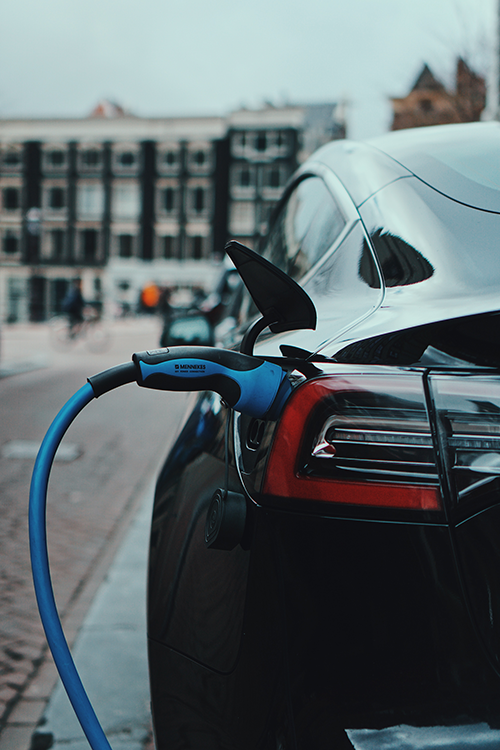
Ambitious emissions reduction pledges are often followed by the question, “How will we pay for all of this?” That’s the wrong question. It assumes that a central actor, such as a national government, is needed to pay businesses and communities to act on climate solutions.
But we have technologies ready to go today that deliver emissions reductions and monetary savings. So the key question to ask is “What’s in it for me?” Or the business-speak version: “What’s the ROI?”
For businesses, the key action is prioritization. There is too much to do and too little time. ROI (Return on Investment) is an easy way to prioritize, and a higher ROI means bigger savings per dollar spent. With solar and wind energy costs so low, almost every business can benefit from switching to a renewable energy contract today. The planet wins.
Are there enough winning technologies today? Yes.
Two policy studies support this view. Electrictrify, a book by our colleague Saul Griffith, lays out how all the individual actions described here add up to a 40% drop in emissions. A similar study was just released by Oracle, with analysis done by the highly regarded Brattle Group.
GLYNT provides the carbon emissions data that businesses need to make informed decisions. With data in hand, the storyline of “What’s in it for me?” jumps from the page.
Get Started with GLYNT
